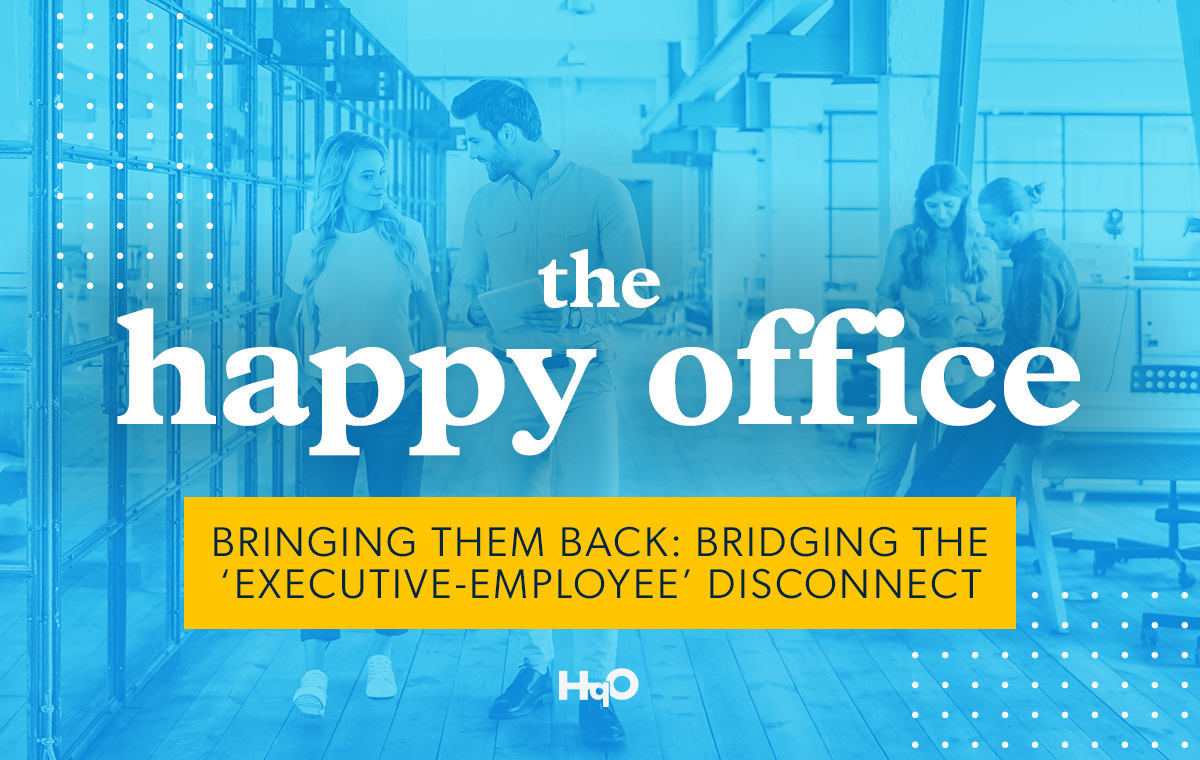In its 2021 Future Forum Pulse Report, workplace messaging platform Slack revealed that 44% of executives surveyed “want to work from the office every day, compared to 17% of employees, [with] 75% of executives saying they want to work from the office three to five days a week, versus only 34% of employees.”
This discrepancy — itself a potential catalyst for the Great Resignation — should serve as a wake-up call to business leaders. 66% of whom, according to Slack’s report, “are designing post-pandemic workforce policies with little to no direct input from employees.”
Here, we’ll outline three key factors that will encourage employees to return to the office.
Flexibility is Permanent
The move to hybrid work schemes is not a temporary one; it is here to stay. Employees demand it, and as such, employers would be wise to incorporate flexibility into their workplaces. This holds especially true for parents, minorities and women, for whom work-life balance is key to retention. “Without flexibility,” reads an April 2022 article from Fortune, “not only will it be difficult to recruit and retain talent, but diversity and inclusion efforts are doomed.”
Our latest Office Insights report agrees, showing that 76% of employers believe that flexible working models that give employees the ability to choose how, when, and where they work are very significant or significant. By offering your employees and teams the ability to decide how they work best, you are enabling them to work productively and efficiently in the ways that suit them — and, by proxy, your organization — best, while preserving work-life balance and promoting a workplace culture that is empowering and which takes notice of the shifting role of the office itself.
“The companies who push for a full return-to-office could see serious ramifications if they don’t offer employees the kind of flexibility and environment they’re asking for … they’ll just leave,” reiterates Elise Freedman, a workforce transformation practice leader at Korn Ferry, in an interview with CNBC.
All About Authenticity
Engaged employees are productive employees. They’re also employees that see value in collaborating with colleagues and using physical office spaces. And the more they use the office, the higher the probability that they’ll want to return.
“By attracting people to come back regularly, a natural momentum can build, without imposing an arbitrary day count,” Fortune’s article reads. “This is not about providing organic snacks and foosball tables; it’s about creating employee experiences that are purposeful and authentic.”
To do so, an increasing number of corporates are turning to workplace experience and engagement tools — with our findings showing that 72% of employers agree or strongly agree that workplace experience and engagement tools will be a critical element of successful offices in the future. These tools are the main value-drivers behind hybrid working environments, which an additional 72% of employers agree or strongly agree are equally as important to employees as other workplace benefits such as annual leave and healthcare.
Mobile access, resource booking, food ordering, space monitoring — all are possible with the right workplace experience tools and platforms. They also enable employees to better collaborate and communicate, which is a common pain point among post-pandemic employees. In fact, 38% claim that “knowing when and why to come into the office has been their biggest challenge navigating work in recent months,” according to research from Microsoft.
Productivity by Design
“Companies need to think through what, exactly, they want to accomplish by bringing people back, why, and be transparent with their employees,” Freedman says. “That starts with answering ‘What is the role of the office, and how do we get our most effective work done?’”
Here, business leaders would do well to consider the physical design of their office spaces. In recent years, there has been a shift from individual workspaces and closed-off meeting rooms to open-air floor plans with free spaces primed for collaboration.
“Design changes such as larger conference rooms […] and outdoor spaces could have a positive impact,” confirms CNBC.
Fortune agrees: “Traditional offices are full of heads-down workspaces, such as desks and cubicles,” its article reads. “Consider new designs and technologies, such as sensors and moveable walls, that promote flexibility and collaboration.”
Again, our research shows corresponding data, with 68% of employers having redesigned their workspaces to support employee needs, and 28% planning to implement redesigned spaces in the next two years — a definite draw for even the most hesitant of returning employees.
Want to learn more about how workplace technology can encourage employees to return to the office? Schedule a demo today.



